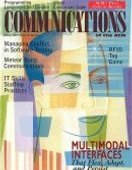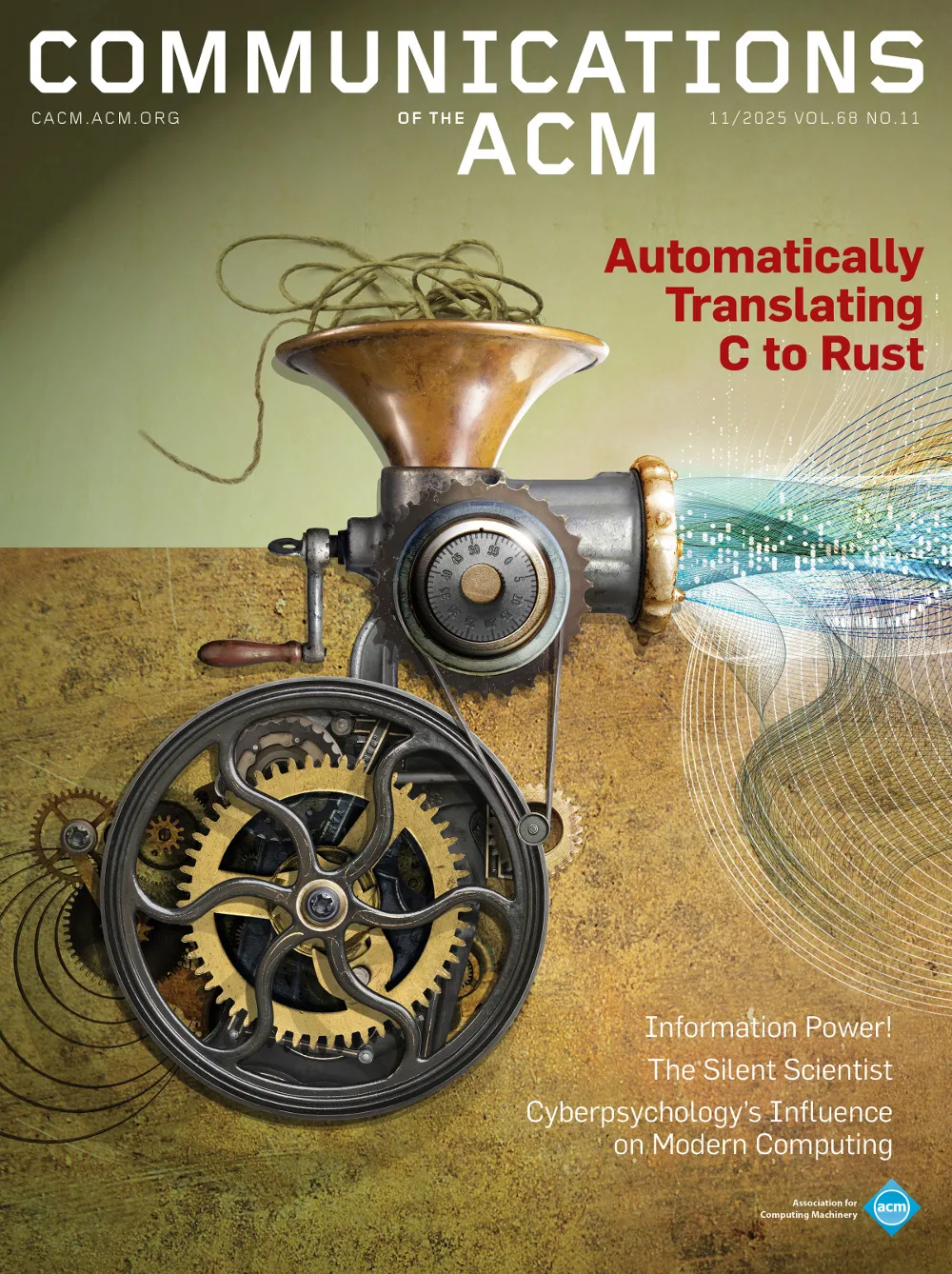January 2004 - Vol. 47 No. 1

Features
Rfid: Is This Game of Tag Fair Play?
Tangible Multimodal Interfaces For Safety-Critical Applications
Multimodal Conversational Systems For Automobiles
Multimodal Processing By Finding Common Cause
Guidelines For Multimodal -ser Interface Design
Computer Vision in the Interface
Challenges in Adopting Speech Recognition
Managing Conflict in Software Testing
Effective Practices For It Skills Staffing
Understanding Meteor Burst Communications Technologies
Network and Computing Research Infrastructure: Back to the Future
Programming Languages and Gender
Global Software Piracy Revisited
Trust-Building Measures: a Review of Consumer Health Portals



